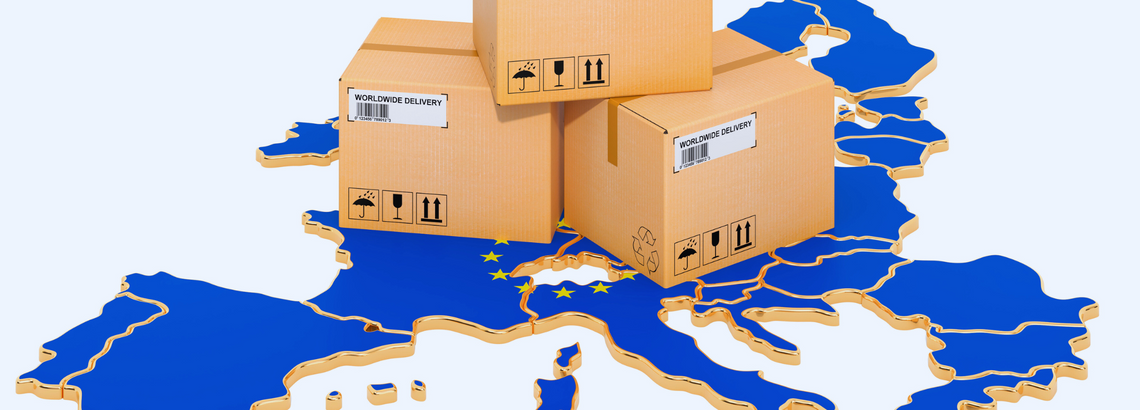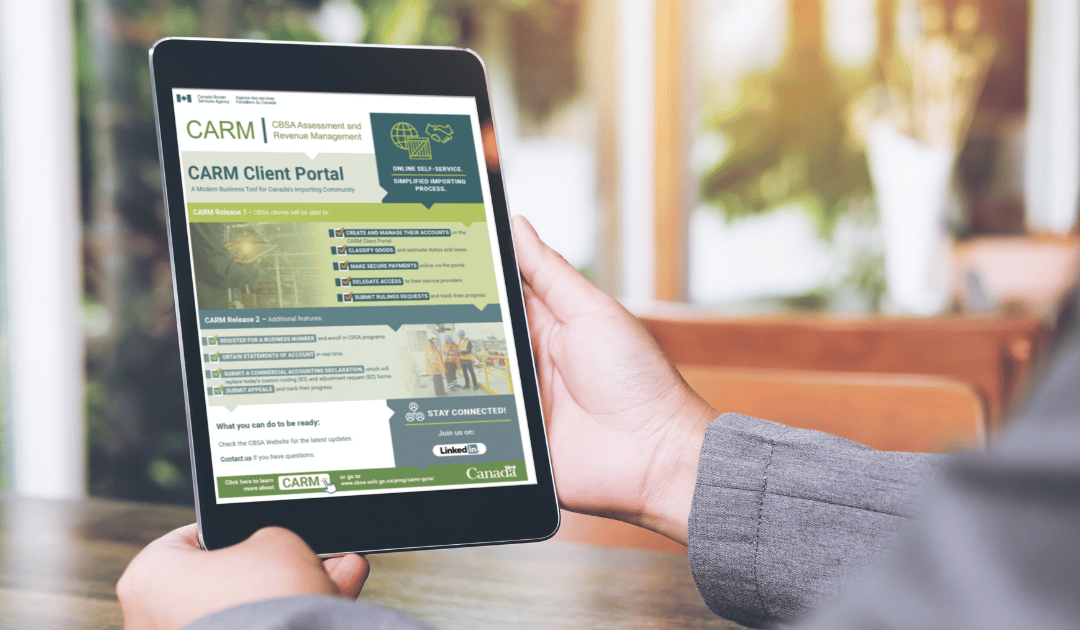“The European Union (EU) presents exciting growth opportunities for e-commerce brands, offering access to millions of potential new customers. But to successfully navigate this market, companies must understand value-added tax (VAT) and the regulations surrounding B2C imports. While these rules might initially appear overwhelming, a clear grasp of them is essential for smooth operations and maximizing profitability. In this article, we’ll break down the complexities of EU VAT and B2C import rules, providing a clear path for businesses to succeed in the European market.
EU VAT Regulations for B2C Import
In the EU, VAT is applied to all imports – this means when a customer makes a purchase from your online store, VAT must be paid to the shipment’s destination country for this transaction. While end consumers ultimately pay this tax, the responsibility for remitting VAT can vary based on the value of the goods and specific billing terms. The standard VAT rate across EU countries ranges between 17% and 27% with an average of 21%. Although the EU provides general guidelines for VAT through its directives, each member state retains the ability to set its own specific rules within this framework. Now that we’ve covered the basic concept of VAT and how it affects e-commerce transactions, let’s review the EU’s most recent B2C import regulations.
Simplified VAT Clearance Program for Orders not Exceeding €150:
For orders equal to or less than €150 that are shipped Delivered Duty Paid (DDP), the EU offers a streamlined clearance program called Import One-Stop-Shop (IOSS). Registering for an IOSS number allows you to pay taxes on all goods you sell to various EU countries under one monthly return.
Brands that don’t register or comply with this program could face:
- Delays in customs clearance, potentially up to twice as long
- The need for customs clearance in each destination country rather than a centralized clearance process in a single member state
- Increased customs clearance and brokerage fees
- Ineligibility for claiming VAT refunds on returns or undeliverables
- Ineligibility for reduced VAT rates for specific items
No Import VAT De Minimis
The EU eliminated the previous exemption threshold of €22 and now mandates VAT on all imported goods. As a result, for Delivered Duty Unpaid (DDU) shipments, brands can expect an increase in the number of postal packages inspected at customs and an additional flat fee per shipment (estimated between €5-15).
E-Commerce Strategies for EU VAT Compliance
The easiest turnkey method for EU VAT compliance is partnering with a shipping carrier like Passport who can handle collecting and remitting VAT for your transactions. By utilizing Passport’s Seller of Record (SOR) solution, you can save time and money by avoiding complicated registrations and filings. This program allows brands to use Passport’s IOSS number to clear shipments through the EU. For brands participating in SOR, simply collect taxes at checkout from your EU customers and Passport will take care of VAT returns for shipments with the proper authorities.
Other options to comply with EU VAT regulations:
- Registering for Individual VAT Numbers: Registering for a VAT number in each EU country you ship to is typically the most expensive approach with an estimated first-year cost of over €215,000. It’s also the most time-consuming with the need to individually enroll, reconcile, and report VAT in every member state separately.
- Registering for an IOSS Number: While registering for an IOSS number greatly reduces the amount of paperwork to fill out, you’ll still be met with an estimated first-year cost of over €5,000. Some additional considerations include the need to maintain eligible sales records for 10 years and finding a fiscal intermediary located in the EU.
- Setting Up a Legal Entity in the EU: Applying to be a legal entity requires registration fees, setting up a local office, appointing a director, and registering for One Stop Shop (OSS). On top of that, your company will need to reconcile and report VAT by country monthly, attend annual meetings in the EU, and pay corporate taxes.
- Pay VAT on Import: Brands can still have the shipping carrier or consumer pay VAT upon import, but there are significant negative supply chain impacts. You’ll experience higher transportation costs, increased brokerage fees, and longer transit times as shipments must clear customs for each customer’s destination country.
Here at Passport, we understand the intricacies that come with international shipping, especially with EU VAT regulations. Our Seller of Record program is designed to give e-commerce brands a simpler way to access the EU market with a seamless enrollment process and enhanced shipping experience. Ready to expand your business to the EU with Passport’s Seller of Record solution? Reach out to our compliance experts at vat@passportshipping.com.
“




